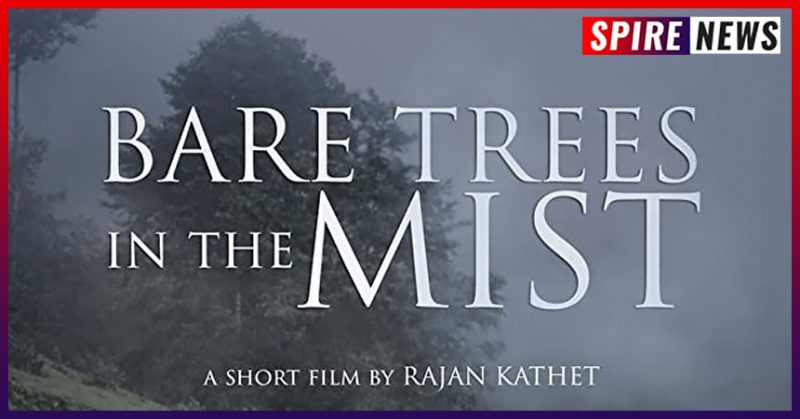Rajan Kathet’s newly released film Bare Trees In The Mist (2021) tells a very relevant tale of desperation, poverty and fervent hope. It is all brought together with an unusual musical sense. The film begins with daylight and thick fog- as Kaali emerges from the fog, there is a sense of expectancy. The first thing that one notices is that there is no added background music. There is only the noises of the hills. The dialogues are almost like staccato, and lie in stark contrast with the sounds of the birds and the wind. This creates a poetic effect, set against the backdrop of nature’s rhythmic sounds. This even goes to serve as its own musical score in the film.
Journey and anticipation in the film
The neighbour’s husband’s arrival reaches Kaali’s ears, and that he comes bearing gifts for herself and her son. Bare Trees In The Mist. The atmosphere transforms into one of gloom. The skies darken and appear swollen with impending rain, almost on the verge of a breakdown. There is a strong feeling of urgency and a fear of running out of time, that is infused throughout the film. The manner of the film’s frame is such that it demand’s the viewer’s full attention and focus on every aspect of the shots in the film.
- Advertisement -
Despite her initial fear of hoping, as Kaali sees the pain and longing in her son’s words and perhaps in her own heart, and sets out to walk to the neighbour’s house. The train whistles once on her way there, and the scene grows even darker. Both factors lend the film a very eerie aura and a suspicion of impending doom. Once there, Kathet plays with symmetry, and shots of lone trees to create an ambience of a once-tranquil scene. This reflects desertion and desperate anticipation. This reflects Kaali’s life as those of many others left behind while their migrant worker family members toil hard in another far-off country.
Hope and hesitation
Kaali’s painful lack of knowledge of her husband’s whereabouts is apparent through the neighbour’s cruel conversation. Bare Trees In The Mist. Shots of Kaali fidgeting nervously reveal her inner urge to leave, but stronger urge to stay. Kaali waits an agonizingly long time and the viewer waits with her, as she finds herself unable to ask for the gift, but unable to leave without it. Meanwhile, the polarity between the neighbour’s colourful clothes and the soft earthy tones of Kaali’s own presents itself as a symbol of the variance in wealth, among the two households, a stark contrast one can see everyday in society.
- Advertisement -
As Kaali waits, the neighbour’s child drums his feet on the wall, the husband pounds sugarcane and his wife crushes spiced paste. In this manner, a musical tempo builds the tension in the room with its steady beats. This does a great job of accompanying Kaali’s own yearning, painstaking suspense. As Kaali waits, her child sits in her house waiting for her to come back too. His hope reflects immensely, in the soft yellow lighting of their house. This stands out against the pitch black of the forest outside, as he sits waiting for mother’s return.
An ambiguous end to the film
Slowly, signifying his shrinking hope, the fire dies down and the candle burns out. Bare Trees In The Mist. This leaves the scene to tragically fade to black. In the last shots, the frame changes aspect ratio, enveloping the whole screen. Their despair overwhelms both mother and son, until finally the entire screen reflects this darkness. The short film serves as a heart-breaking reminder of the poverty that exists in society. Bare Trees In The Mist. It also touches on the lives of those living in transnational family structures. Always fluctuating between hope, worry, and anticipation. This movie’s relevance to current times is staggering, and leaves one with a deeply stirring feeling long after the film has ended. This urges the watcher to ponder all the different subtly articulated elements in the movie. You can watch the trailer Bare Trees In The Mist here.







